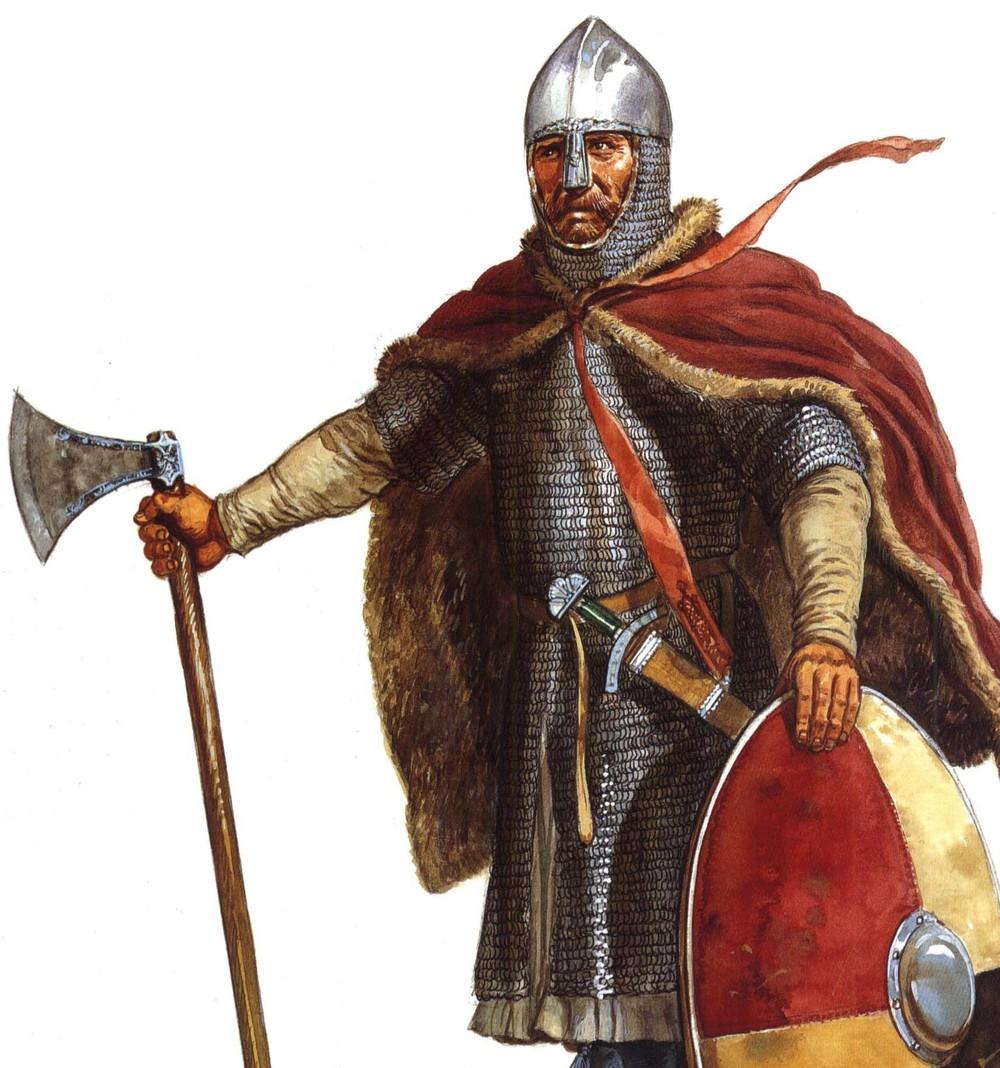[GUEST ACCESS MODE: Data is scrambled or limited to provide examples. Make requests using your API key to unlock full data. Check https://lunarcrush.ai/auth for authentication information.]  Decentra 🌎 [@DecentraPartyC](/creator/twitter/DecentraPartyC) on x XXX followers Created: 2025-07-23 16:09:31 UTC In XXX AD, the first major Viking raid on England shocked the Christian world. Norse warriors attacked the monastery at Lindisfarne, a holy site off the northeast coast. They killed monks, looted treasures, and desecrated the sacred ground. It wasn’t just a raid—it was the beginning of a storm. Over the next several decades, the Vikings returned again and again. They came not just to raid but to conquer. Unlike earlier hit-and-run attacks, the “Great Heathen Army” arrived in XXX with a different goal: permanent settlement. Led by fierce warlords like Ivar the Boneless and Halfdan Ragnarsson, they moved south from Northumbria, toppling kingdoms. The English kingdoms—Northumbria, Mercia, East Anglia—fell one by one. Only Wessex, under King Alfred the Great, held out. Alfred reorganized his army, built fortified towns (burhs), and used a clever hit-and-run strategy against the Vikings. After years of struggle, he managed to stop their advance. In 878, after a decisive victory at the Battle of Edington, Alfred forced the Viking leader Guthrum to accept baptism and peace. But peace was temporary. The Vikings carved out a large territory in eastern and northern England called the Danelaw, where Norse law and culture dominated. Settlers followed the warriors, establishing farms and towns that left a lasting imprint on English language, law, and place names. In the early 11th century, Viking power surged again. This time under Sweyn Forkbeard and his son Cnut the Great, Danish kings who eventually ruled all of England. Cnut became king in 1016 and ruled over a North Sea empire that linked England, Denmark, and Norway. The Viking Age in England ended in 1066—not with a Viking victory, but with a final failed invasion. Harald Hardrada of Norway landed in the north but was defeated by Harold Godwinson at the Battle of Stamford Bridge. Weeks later, Harold himself was killed by Norman forces at the Battle of Hastings. By then, the Vikings had reshaped England—politically, culturally, and linguistically. Their raids began with bloodshed, but their legacy ran far deeper.  XXX engagements  **Related Topics** [just a](/topic/just-a) [$vik](/topic/$vik) [Post Link](https://x.com/DecentraPartyC/status/1948052867190858070)
[GUEST ACCESS MODE: Data is scrambled or limited to provide examples. Make requests using your API key to unlock full data. Check https://lunarcrush.ai/auth for authentication information.]
 Decentra 🌎 @DecentraPartyC on x XXX followers
Created: 2025-07-23 16:09:31 UTC
Decentra 🌎 @DecentraPartyC on x XXX followers
Created: 2025-07-23 16:09:31 UTC
In XXX AD, the first major Viking raid on England shocked the Christian world. Norse warriors attacked the monastery at Lindisfarne, a holy site off the northeast coast. They killed monks, looted treasures, and desecrated the sacred ground. It wasn’t just a raid—it was the beginning of a storm.
Over the next several decades, the Vikings returned again and again. They came not just to raid but to conquer. Unlike earlier hit-and-run attacks, the “Great Heathen Army” arrived in XXX with a different goal: permanent settlement. Led by fierce warlords like Ivar the Boneless and Halfdan Ragnarsson, they moved south from Northumbria, toppling kingdoms.
The English kingdoms—Northumbria, Mercia, East Anglia—fell one by one. Only Wessex, under King Alfred the Great, held out. Alfred reorganized his army, built fortified towns (burhs), and used a clever hit-and-run strategy against the Vikings. After years of struggle, he managed to stop their advance. In 878, after a decisive victory at the Battle of Edington, Alfred forced the Viking leader Guthrum to accept baptism and peace.
But peace was temporary. The Vikings carved out a large territory in eastern and northern England called the Danelaw, where Norse law and culture dominated. Settlers followed the warriors, establishing farms and towns that left a lasting imprint on English language, law, and place names.
In the early 11th century, Viking power surged again. This time under Sweyn Forkbeard and his son Cnut the Great, Danish kings who eventually ruled all of England. Cnut became king in 1016 and ruled over a North Sea empire that linked England, Denmark, and Norway.
The Viking Age in England ended in 1066—not with a Viking victory, but with a final failed invasion. Harald Hardrada of Norway landed in the north but was defeated by Harold Godwinson at the Battle of Stamford Bridge. Weeks later, Harold himself was killed by Norman forces at the Battle of Hastings.
By then, the Vikings had reshaped England—politically, culturally, and linguistically. Their raids began with bloodshed, but their legacy ran far deeper.

XXX engagements